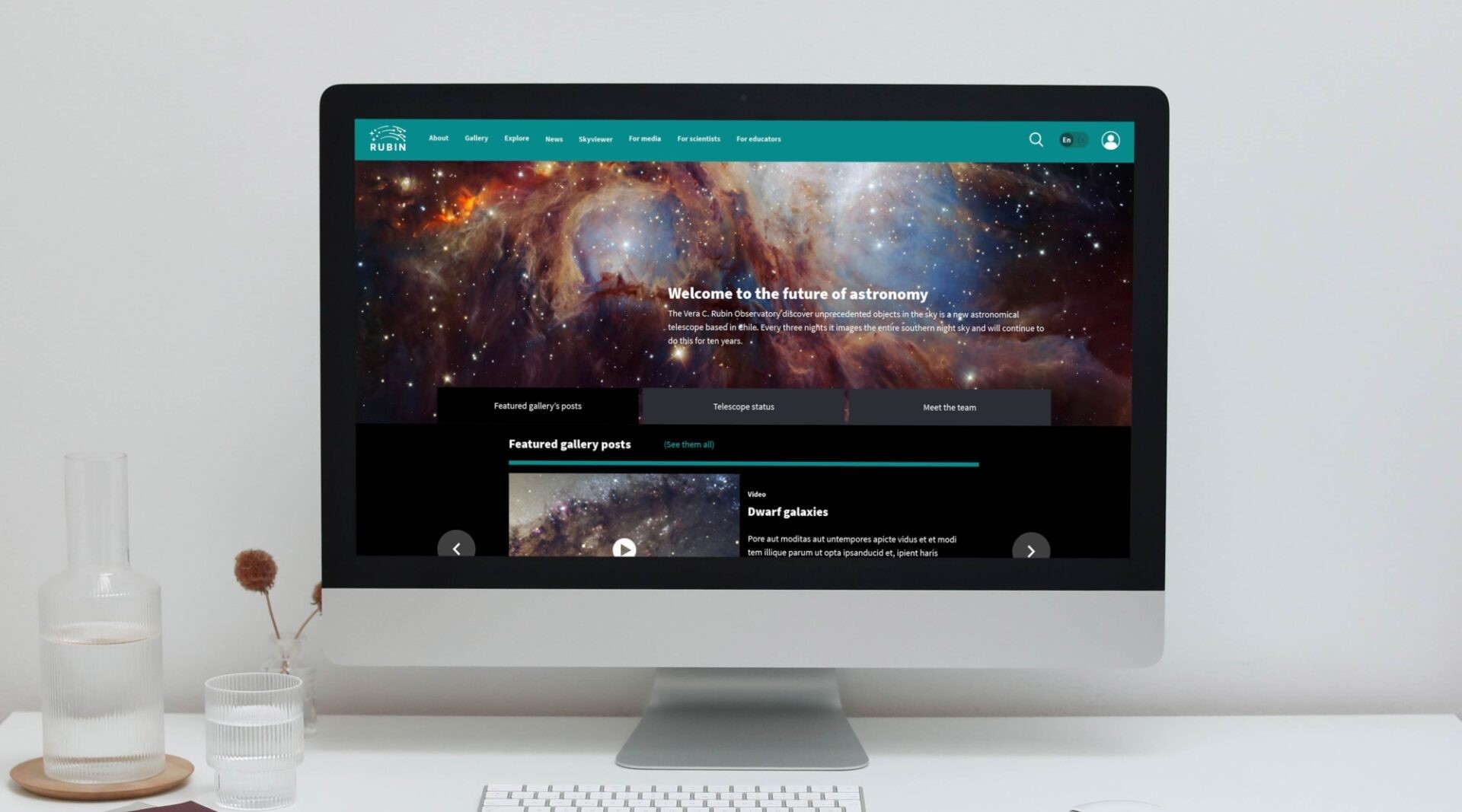Rubin Observatory Launches a New Website
The new Rubin Observatory Education and Public Outreach team has launched a new website for Rubin Observatory, and we invite you to explore it. This website was specifically designed to be approachable and accessible; it's not just for scientists, it's for everyone! On our home page you'll find a link to Space Surveyors, an interactive game where you operate the telescope yourself—we challenge you to capture images of as many stars, galaxies, and asteroids as you can.
Throughout the website you'll find articles that highlight the fun and interesting details of the observatory, its technology, and the scientists who are contributing to next-generation astronomy. Don't miss our Rubin Voices series, which highlights individual scientists and describes how Rubin data will advance their research.
There's also a whole section of the website dedicated to Rubin's formal education program; it's a gold mine of resources for introductory astronomy teachers of middle school through college-aged students.
Explore for yourself, and check back often for updates and new stuff. And don't forget to follow us on social media!

